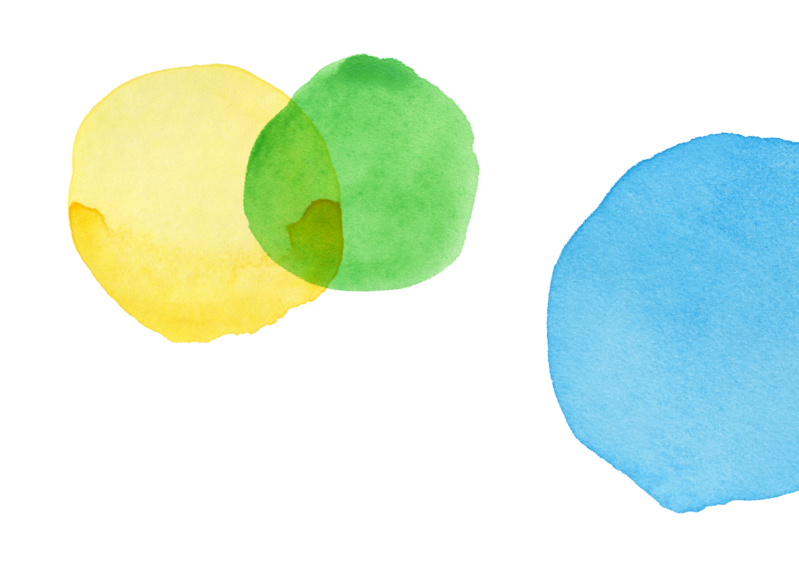Grade 4 - Claim 1 - Target A

 Back to Results
Back to ResultsMathematics
Target A
Use the four operations with whole numbers to solve problems.
Sample Item
Grade 4Test
Claim 1
Concepts and Procedures
Standards
OA-1
Interpret a multiplication equation as a comparison, e.g., interpret 35 = 5 × 7 as a statement that 35 is 5 times as many as 7 and 7 times as many as...
OA-2
Multiply or divide to solve word problems involving multiplicative comparison, e.g., by using drawings and equations with a symbol for the unknown number to represent the problem, distinguishing multiplicative comparison from additive...
OA-3
Solve multistep word problems posed with whole numbers and having whole-number answers using the four operations, including problems in which remainders must be interpreted. Represent these problems using equations with a letter...
Clarifications
Tasks for this target will require students to use the four operations to solve straightforward, one-step or multi-step contextual word problems, including problems where the remainder must be interpreted.
Range Achievement Level Descriptors
Evidence Required
1
The student solves contextual problems involving multiplicative comparisons, e.g., by using drawings and equations with a...
2
The student solves straightforward, contextual problems using the four operations.
Item Guidelines

Depth of Knowledge
M-DOK1
Recall includes the recall of information such as fact, definition, term, or a simple procedure, as well as performing a simple algorithm or applying a formula. That is, in mathematics a one-step, well-defined, and straight algorithmic procedure should be...
M-DOK2
Skill/Concept includes the engagement of some mental processing beyond a habitual response. A Level 2 assessment item requires students to make some decisions as to how to approach the problem or activity, whereas Level 1 requires students to demonstrate a...
Allowable Item Types
- Equation/Numeric
Allowable Stimulus Materials
multiplication equations, verbal statements of multiplicative comparison, contextual problems involving multiplicative comparison, one-step contextual word problems, measurements limited to: kilometers (km), meters (m), centimeters (cm), kilograms (kg), grams (g), pounds (lb), ounces (oz), liters...
Key/Construct Relevant Vocabulary
Remainder, sum, difference, quotient, product, equation, times as much, times as many, equation
Allowable Tools
None
Target-Specific Attributes
Numbers used in this target must be whole numbers. In describing a multiplicative comparison, the language “times as much” or “times as many” is preferable to “times more than.”
Accessibility
Item writers should consider the following Language and Visual Element/Design guidelines [1] when developing items. Language Key Considerations: Use simple, clear, and easy-to-understand language needed to assess the construct or aid in the understanding of the...
Development Notes
Interpreting multiplication equations as multiplicative comparisons and representing verbal statements of multiplicative comparisons as multiplication equations (4.OA.1) will be assessed in Claim 4. Items asking students to solve a word problem by using an equation...


Task Models
Task Model 1a

Item Types
Equation/NumericDepth of Knowledge
M-DOK1Standards
OA-2
Target Evidence Statement
The student solves contextual problems involving multiplicative comparisons, e.g., by using drawings and equations with a symbol for the unknown number to represent the problem.
Allowable Tools
None
Task Description
Prompt Features: The student is prompted to solve a contextual problem involving multiplicative comparison. Stimulus Guidelines: Numbers should fit in the parameters of up to 4-digit by 1-digit, or 2-digit by 2-digit multiplication problems, and up...
Stimulus
The student is presented with a contextual problem involving multiplicative comparison with an unknown product.
Example 1
Example Stem: A cat has 4 times as many toys as a puppy. The puppy has 12 toys. How many toys does the cat have?
Enter your answer in the response box.
Rubric: (1 point) The student solves for an unknown and enters the correct number (e.g., 48).

